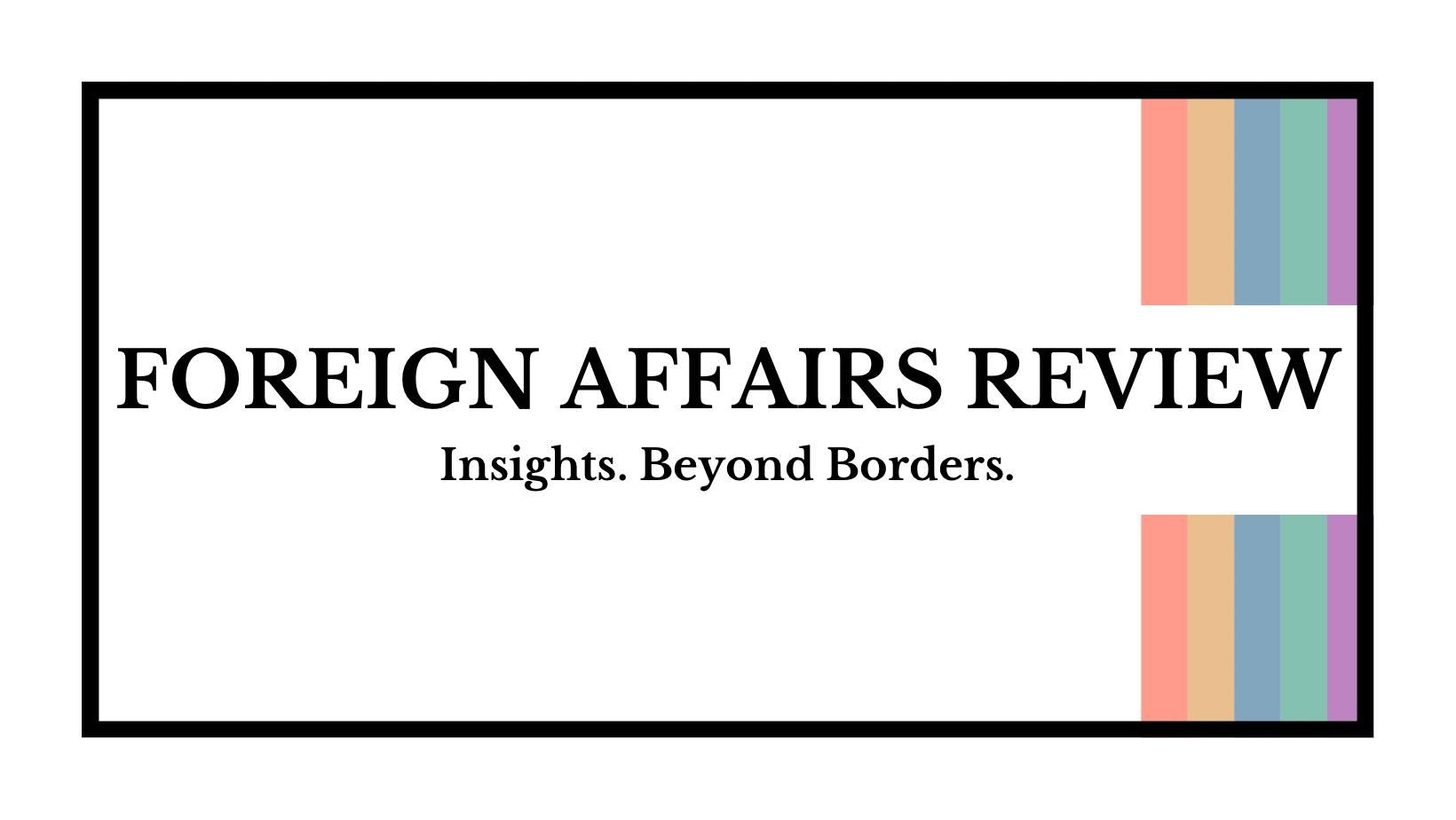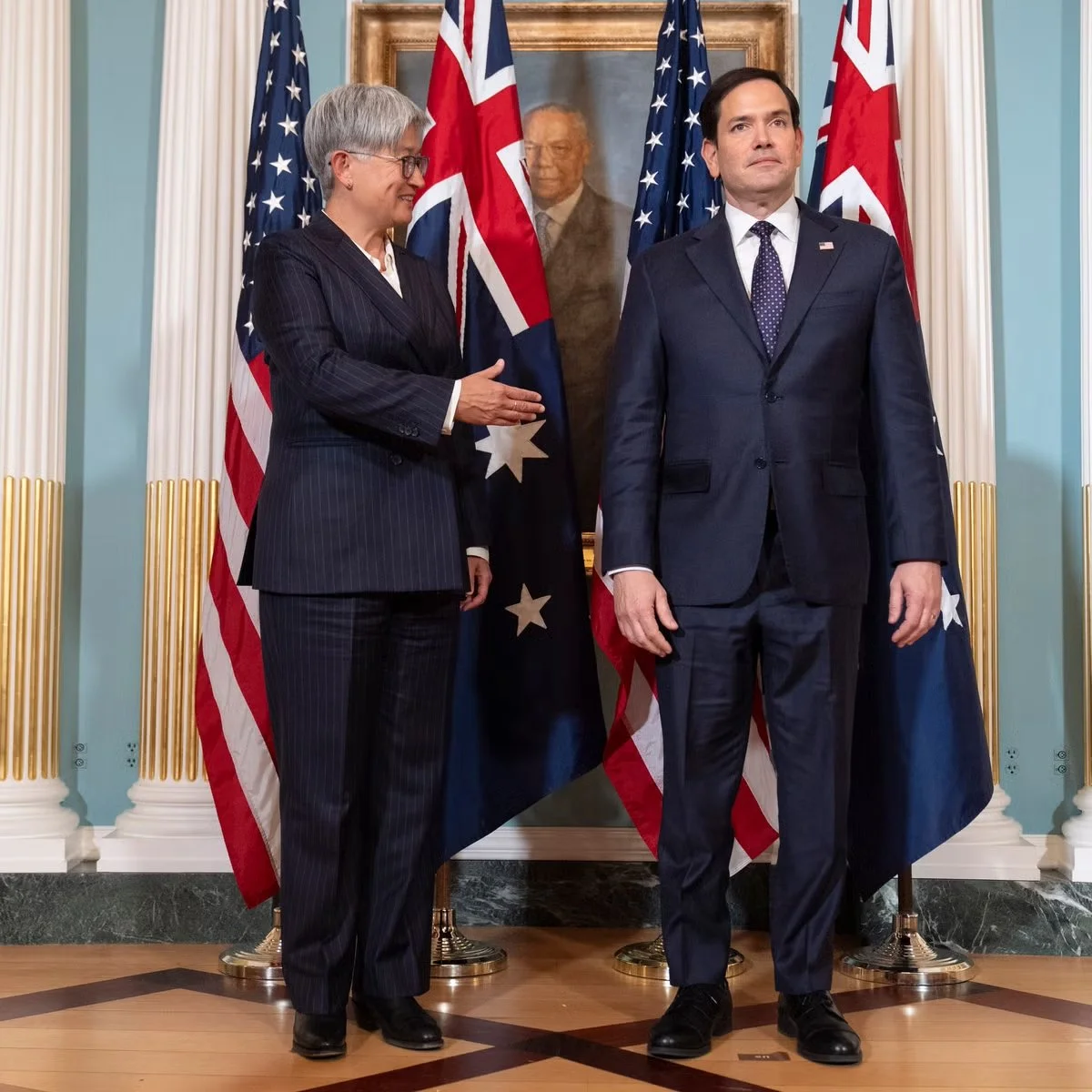Down Under, Stepping Up: Australia's aid in the Indo-Pacific after America’s Inward Turn
In 2020, the Trump administration proposed slashing foreign aid by 21%. 8,000 miles away, Australia pledged 100 million USD in foreign aid to support the Indo-Pacific region, a decisive move to admit America's retreat from global engagement. The Indo-Pacific is rapidly developing and has recently emerged as a new power centre worldwide. This region is home to a significant portion of the world population and has nearly two-thirds of global GDP growth. Foreign aid can be defined as the money, services, or physical goods that a country sends to another to help it in various ways.
After World War II, international recognition emerged that foreign aid can be used to secure alliances, stabilize economies, and promote prosperity. Halting aid undermines these goals and allows other nations to expand their influence instead. Since World War II, the U.S. has distributed $4 trillion (£3 trillion) worldwide, making it the largest provider to foreign aid. India has had a strong presence in the Indo-Pacific; for example, when there was a famine in India in 1961, the U.S. sent one-fifth of all wheat production to India in 1965. America's historical precedent of aiding other nations can be seen in hundreds of examples all around the globe. However, over the past few years, and in particular President Trump's recent time in office, there has been a shift. Through looking at the U.S retreat in foreign aid under President Trump, Australia’s response, and the broader implications of the U.S shifting focus and Australia's foreign aid commitment in the Indo-Pacific, a further understanding of the future of middle powers stepping into the U.S position amidst a turn away from traditional aid diplomacy.
U.S. foreign aid under President Trump reflects a shift in focus from multilateral cooperation to prioritizing defence. As of late February 2025, the U.S. has cut the budgets of overseas development and aid programs, with multiyear contracts down by 92% or $54 billion (£50.4 billion). After President Trump’s inauguration, he signed an executive order to freeze all US foreign aid for 90 days. During that period, he stated that senior political leadership would cut spending on programs that did not align with his “America First” agenda. The review targeted foreign assistance contracts awarded by the US Agency for International Development (USAID). Nearly 5,800 awards were eliminated to allow bureaus to focus on the remaining programs to find additional efficiencies and ensure that subsequent programs would more closely align with America First priorities.
America First is based on nationalist ideas that the U.S. government has not made foreign policy decisions that are in the best interest of American citizens for the past few decades, and Trump intends to change this. There are numerous consequences in the Trump administration's shift in priorities to a less multilateral form of cooperation, including loss of influence in developing regions and allowing other actors to increase their presence on the global stage. America has held a concrete position as an actor that promotes cooperation and democracy, while ensuring that other countries worldwide uphold similar principles they can maintain through foreign aid. The question of which actors will step into America's place and whether this will drastically impact America's position in the international community must be asked.
Australia's prioritization of foreign aid paints a sharp contrast to the Trump administration's shift, which must be analysed more closely to understand what Australia's and other middle powers’ roles could do to increase their presence globally. Australia shifted $119 million (£89.4 million) to prioritise gaps in essential health services and climate action, along with $5 million (£3.8 million) more to maintain HIV programs in Fiji, Papua New Guinea, and the Philippines. The target sectors for the package included a variety of sections such as healthcare, climate, and infrastructure. Australia will spend under $5.1 billion (£3.8 billion) in development assistance in 2025-26, an increase of $136 million (£102.2 million) from the previous financial year. America's slashing of billions of dollars from USAID has immensely impacted the Indo-Pacific, such as the shortage of food for refugees who fled Myanmar, cutting aid leads to unrest and inequality. Australia has expressed that the need for aid worldwide is more significant than ever, and they will continue to advocate for the Indo-Pacific to the US. Foreign Minister Penny Wong: “Australia’s development program is central to ensuring the stability and security of our region.”
Australia can become a middle power and work with other development partners such as Canada, Korea, India, Indonesia, Japan, and the EU. Australia must work with its partner nations to respond to the damage to the society communities that received significant USAID funding will face. Australia is also motivated to step into the U.S.’s shoes as the U.S.'s cutting of immense federal aid allows rival powers such as Russia and China to expand their influence. These geopolitical motivations for Australia tie into its historical context of consistent aid engagement, and this is a scale-up. Australia had a choice whether to maintain its steady stream of aid, or step up as a developing middle power and possibly cross more extraordinary powers such as China and Russia. This risky decision will help millions in the Indo-Pacific region and must be closely looked at in the future to see if this is even economically feasible for Australia in the long run.
In this new foreign aid landscape, the question of who will fill the gap left behind by America must be asked. There is a noticeable trend of emerging middle-power diplomacy with Japan, the EU, and Australia increasing their engagement. Aid is a tool that can be used for norm-setting and regional leadership, which Japan has maintained in South-East Asia, and now Australia can utilize in the Indo-Pacific. With Russia and China strengthening ties with less-developed nations that were formerly closely tied to the US, these middle powers will strive to step in to forge new political loyalties.
China's Belt and Road Initiative has put over $1 trillion into infrastructure projects across Asia, Latin America, and Africa. China aims to improve its strategic foothold in regions critical to US interests. With the suspension of aid in the Indo-Pacific, China can position itself as a more reliable partner to these nations. China prioritises trade and investment over social engineering with its aid through investing in large-scale infrastructure projects, which can be the foundation of emerging nations’ long-term economic expansion. These Chinese aid offers appeal to developing countries as they are feasible substitutes for the Western assistance paradigm. Yet, many critics say that emerging nations must be wanting for resource exploitation and debt trapping.
China's state-centric aid model can be compared to Australia's Western-aligned and values-based aid. This begs whether competitive or collaborative aid models will persevere in the future. China is much more economically capable of aiding nations in the long term than Australia, yet Australia will go to great lengths to maintain its control of the region through its aid now that America no longer has a dominating role.
Foreign aid is a handy tool in global politics, and with the slashing of USAID, it appears that America is shifting from its trend of multipolar cooperation to favouring its ‘America First’ ideology. Australia's aid package in the Indo-Pacific in response to America cutting aid in that region represents a potential rise of middle powers in offering foreign aid to increase their global presence. With America no longer actively asserting its presence internationally through foreign aid, nations can set up to promote their influence. Russia and China will most likely attempt to spearhead infrastructure initiatives in this region to develop a presence in the Indo-Pacific. But, if middle powers such as Australia and Japan continue with their collaborative aid models, the area's future could be more prosperous. America's uncertain foreign policy choices could allow other nations to increase their presence and role on the global stage, just like Australia.
Image courtesy of Jacquelyn Martin via AP Photo, ©2025. Some rights reserved.
The views and opinions expressed in this article are those of the author and do not necessarily reflect those of the wider St. Andrews Foreign Affairs Review team.



